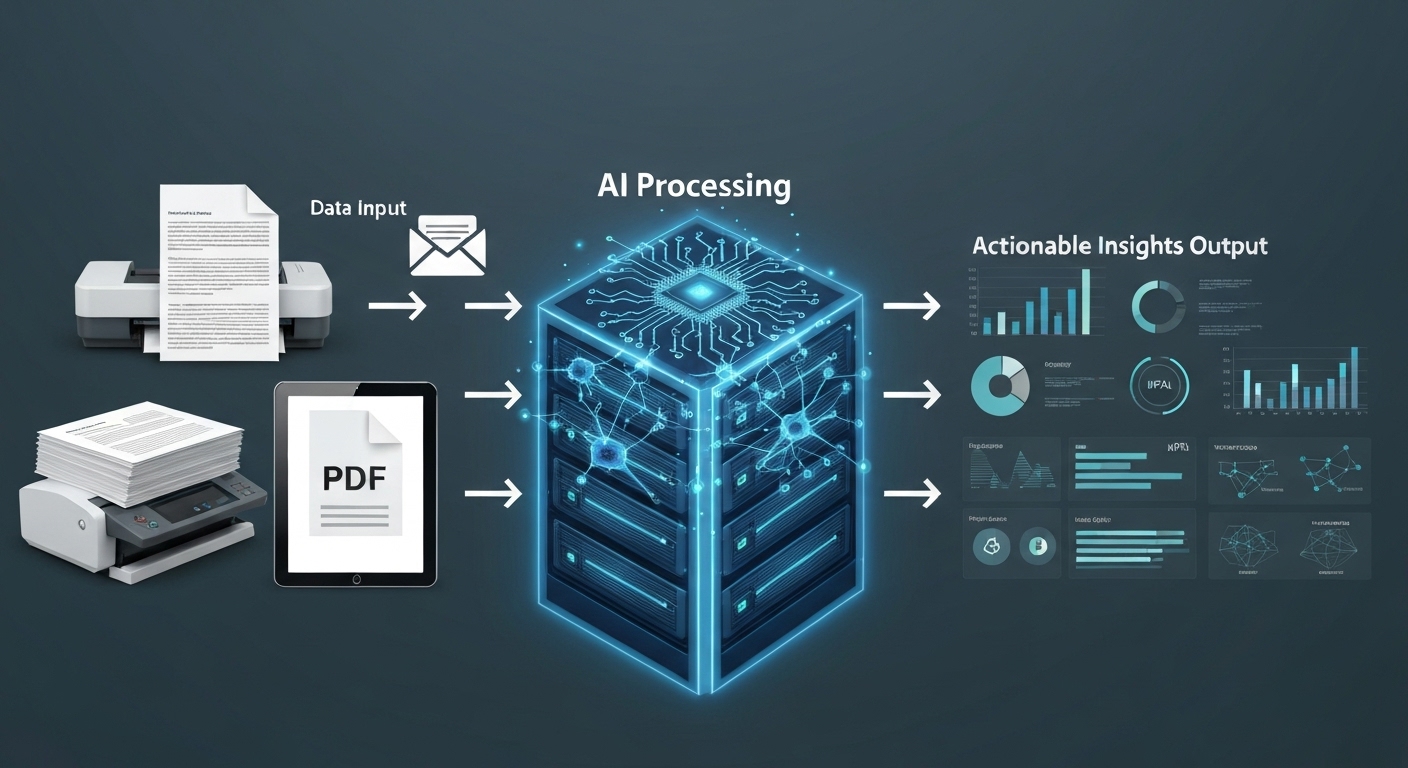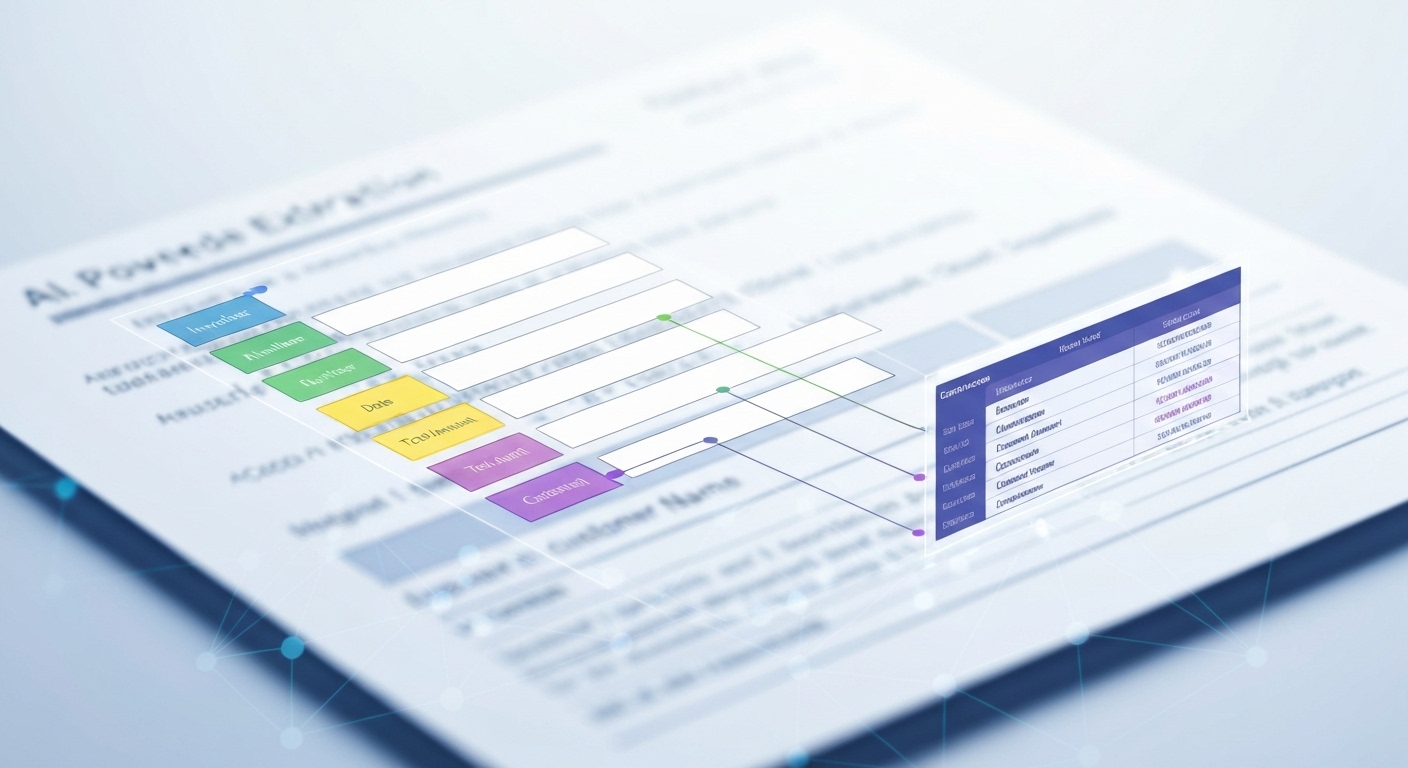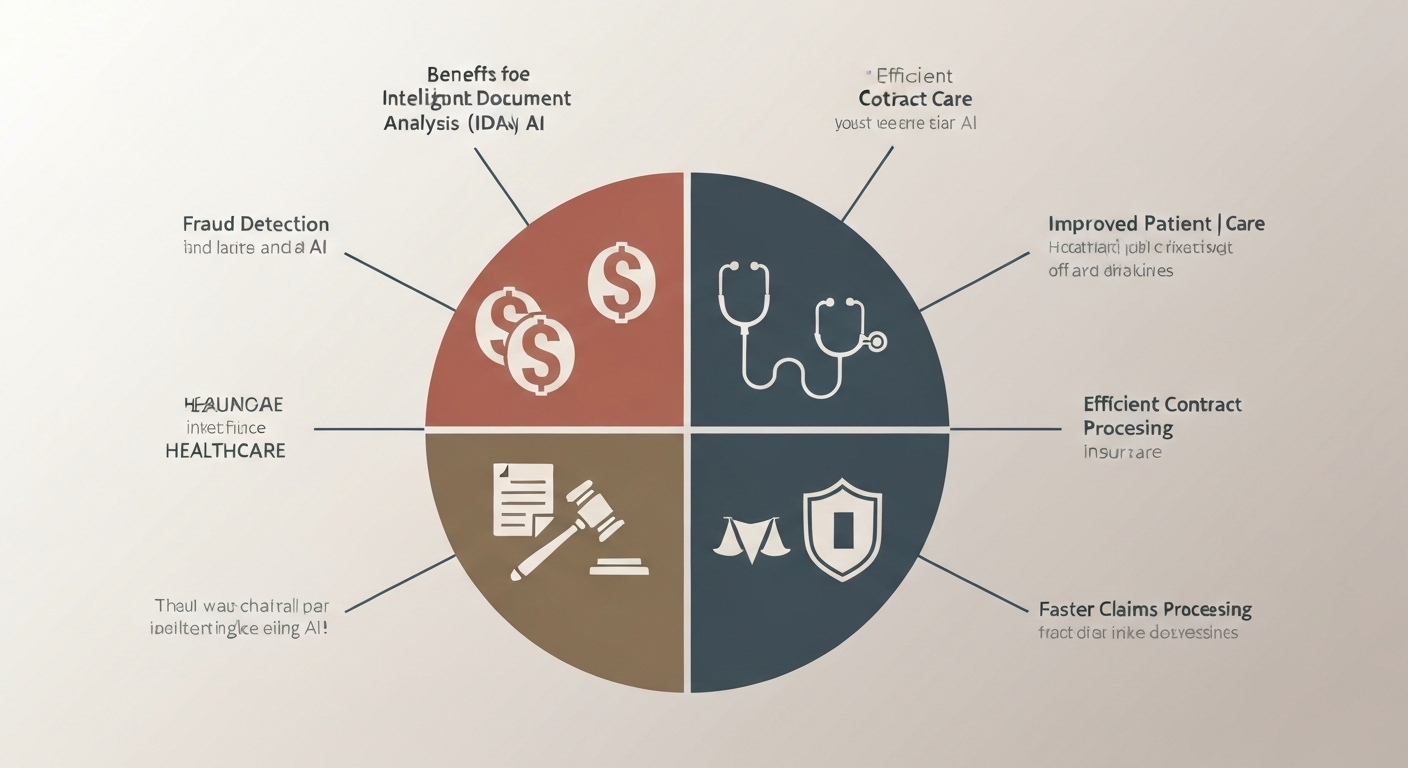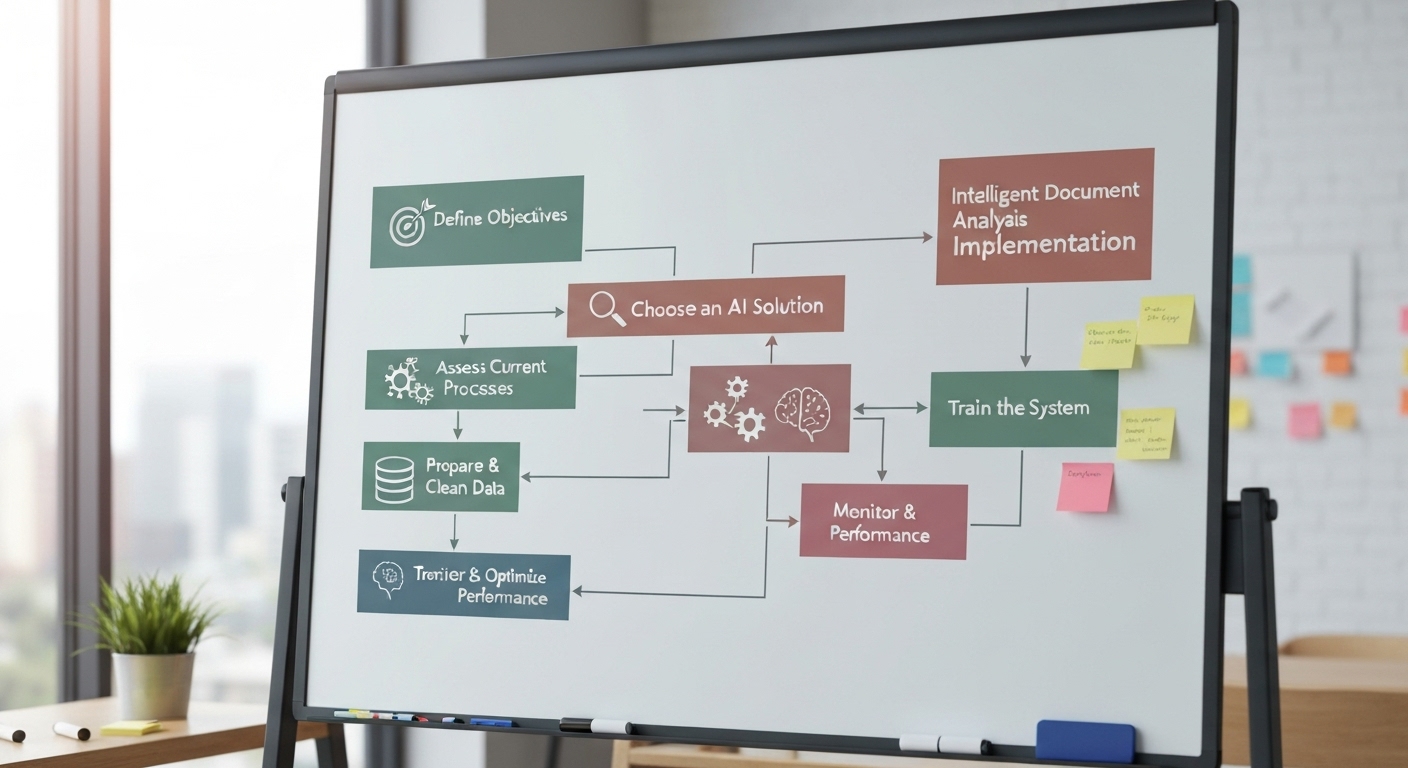Unlock Insights : Intelligent Document Analysis with AI
Intelligent document analysis with AI is revolutionizing how businesses handle information, transforming unstructured data into valuable, actionable insights. This powerful technology streamlines workflows, enhances accuracy, and unlocks the hidden potential within your documents.

What is Intelligent Document Analysis with AI?
Intelligent document analysis with AI refers to the use of artificial intelligence techniques, including machine learning (ML) and natural language processing (NLP), to automatically extract, classify, and understand information from various types of documents. These documents can range from invoices and contracts to emails and reports. The goal is to automate traditionally manual and time-consuming processes.
The Power of AI in Document Understanding
Traditional methods of document processing often rely on manual data entry or basic OCR (Optical Character Recognition) technology, which can be slow, error-prone, and expensive. AI-powered document analysis offers a significant improvement by:
- Automating Data Extraction: Automatically identifies and extracts relevant data fields from documents, such as dates, names, addresses, and amounts.
- Classifying Documents: Categorizes documents based on their content and type, enabling efficient organization and retrieval.
- Understanding Context: Uses NLP to understand the meaning and context of the text within documents, allowing for more accurate and nuanced analysis.
- Improving Accuracy: Reduces errors associated with manual data entry and traditional OCR methods.

Benefits of Implementing Intelligent Document Analysis
Implementing intelligent document analysis with AI offers numerous benefits for businesses across various industries:
- Increased Efficiency: Automates document processing tasks, freeing up employees to focus on more strategic initiatives.
- Reduced Costs: Lowers operational costs associated with manual data entry and error correction.
- Improved Accuracy: Minimizes errors and ensures data consistency, leading to better decision-making.
- Enhanced Compliance: Helps organizations comply with regulatory requirements by accurately extracting and managing critical information.
- Faster Processing Times: Speeds up document processing cycles, enabling quicker response times and improved customer service.
Applications Across Industries
The applications of intelligent document analysis with AI are vast and span across numerous industries:
- Finance: Automating invoice processing, loan applications, and fraud detection.
- Healthcare: Extracting patient information from medical records and processing insurance claims.
- Legal: Analyzing contracts, legal documents, and discovery materials.
- Insurance: Processing claims, underwriting policies, and detecting fraud.
- Manufacturing: Managing supply chain documents, purchase orders, and quality control reports.

Key Technologies Behind Intelligent Document Analysis
Several key technologies power intelligent document analysis with AI. Understanding these technologies is essential for effectively implementing and utilizing document analysis solutions:
- Optical Character Recognition (OCR): Converts scanned images or PDFs of text into machine-readable text.
- Natural Language Processing (NLP): Enables computers to understand, interpret, and generate human language.
- Machine Learning (ML): Allows systems to learn from data without being explicitly programmed, improving accuracy and efficiency over time.
- Computer Vision: Enables computers to “see” and interpret images, allowing for the identification of objects, patterns, and text within documents.
How Natural Language Processing (NLP) Enhances Document Analysis
Natural language processing for documents is a crucial component of intelligent document analysis. NLP algorithms can:
- Extract Key Phrases: Identify and extract the most important phrases and concepts from documents.
- Perform Sentiment Analysis: Determine the sentiment or emotion expressed in the text.
- Summarize Documents: Generate concise summaries of lengthy documents.
- Translate Languages: Translate documents from one language to another.
By leveraging NLP, AI-powered document analysis systems can gain a deeper understanding of the content within documents, enabling more accurate and insightful analysis.
Implementing Intelligent Document Analysis: A Step-by-Step Guide
Implementing intelligent document analysis with AI requires careful planning and execution. Here’s a step-by-step guide to help you get started:
- Define Your Objectives: Clearly define your goals and the specific business problems you want to solve with document analysis.
- Assess Your Current Processes: Analyze your existing document processing workflows to identify pain points and areas for improvement.
- Choose the Right Solution: Select an AI-powered document analysis platform that meets your specific needs and requirements.
- Prepare Your Data: Ensure your documents are properly formatted and organized for optimal processing.
- Train the System: Train the AI model on your specific document types to improve accuracy and performance.
- Monitor and Optimize: Continuously monitor the system’s performance and make adjustments as needed to ensure optimal results.

Challenges and Considerations
While intelligent document analysis with AI offers significant benefits, it’s important to be aware of potential challenges and considerations:
- Data Quality: The accuracy of the analysis depends on the quality of the input data.
- Model Training: Training the AI model requires a sufficient amount of labeled data.
- Integration: Integrating the document analysis system with existing systems can be complex.
- Security and Privacy: Ensuring the security and privacy of sensitive data is crucial.
Addressing these challenges proactively will help ensure a successful implementation of intelligent document analysis with AI.
The Future of Document Processing Automation
The future of document processing automation is bright, with ongoing advancements in AI and machine learning continuously improving the capabilities of intelligent document analysis systems. We can expect to see even more sophisticated solutions that can handle a wider range of document types and provide deeper insights.
Emerging Trends in AI-Powered Document Understanding
- Hyperautomation: Combining AI with other automation technologies, such as robotic process automation (RPA), to create end-to-end automated workflows.
- Low-Code/No-Code Platforms: Making it easier for businesses to build and deploy document analysis solutions without requiring extensive coding skills.
- AI-Powered Chatbots: Using chatbots to interact with documents and answer questions based on their content.
- Edge Computing: Processing documents closer to the source, reducing latency and improving security.
These emerging trends are poised to further transform the way businesses manage and utilize their documents.
For additional insights into AI and document processing, you can visit NIST. To learn more about Flash Cloud solutions visit flashs.cloud
In conclusion, intelligent document analysis with AI offers a powerful way to unlock the value hidden within your documents. By automating document processing, extracting key insights, and improving accuracy, this technology can help businesses operate more efficiently, reduce costs, and make better decisions.
HOTLINE
+84372 005 899


